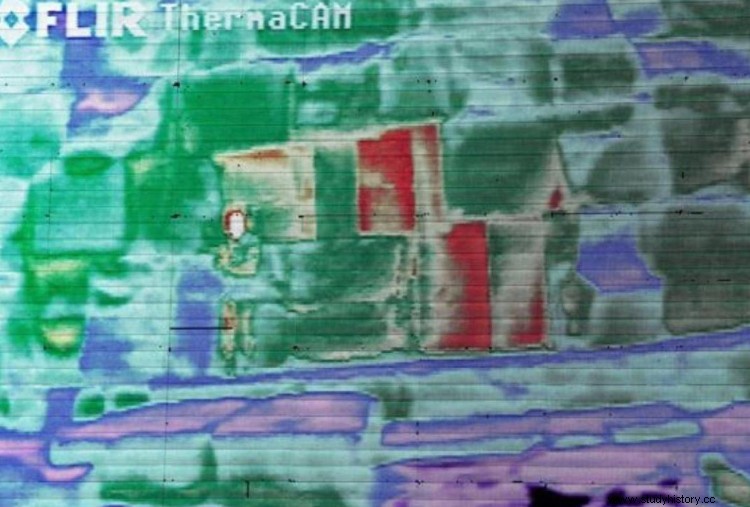The new technologies revolutionize over and over again the methodology of conservation and restoration of all kinds of things, for example from everyday things (vacuum packaging of food) to medical things (freezing of embryos for reuse) passing through cultural things (replacement of books of paper by digital format) and many more. Historically, the documentation was first microfilmed and then digitized. Systems are now beginning to be applied to monuments in situ and a good example of this is what is being done with the pyramids of Giza .
Giza is a town located about twenty kilometers from Cairo (Egypt) but included in its metropolitan area. Its fame comes from the plateau on the outskirts, where a funerary necropolis was built some 4,600 years ago. made up of three great pyramids (of the pharaohs Cheops, Khafre and Micerino), the famous Sphinx, several smaller pyramids of the queens, other types of tombs (mastabas of officials and courtiers), temples now in ruins, a road that connected them with the Nile and the city of the artisans who worked on all of it.
The pyramids impress and fascinate in equal parts by their mere appearance. But also because they are still shrouded in a certain halo of mystery. , preserving some enigmas perhaps for its resolution by future generations. It is something that also gives rise to a multitude of nonsense that persist over time, such as the bizarre attributions about its authorship or outdated and puerile theories regarding its use , one of which was still recently reminded of a US presidential candidate (Ben Carson, who said it was King David's barns).
Despite certain gaps, science is still determined to subject them to analysis and inspection under the guidelines of the most cutting-edge current archaeology. Thus, we have the case of CyArk , a non-profit organization dedicated to digitally obtaining 3D images of UNESCO World Heritage sites - it already has half a thousand, including the Brandenburg Gate or the Ziggurat of Ur - using a laser non-invasive.

It is a technique that allows these sites to be listened to without the need to touch them, much less break through their interior. But it is not the only one. Precisely the Great Pyramid , the largest and oldest of the trio, ordered to be built by Pharaoh Kéops (Kufu in Egyptian) to serve as his tomb using 2,300,000 stone blocks that make it reach 139 meters in height (with the pyramidion that crowned its apex it would be 146), has recently undergone a thorough analysis using infrared thermography to check the temperature differences in the stones and thus deduce the possibility of a void behind them (previous photo).
And it is that the interior of that mass is not solid, although almost. There are several cameras , three of the main ones (those of the King, the Queen and Underground, the latter in the basement), several passageways, ventilation channels and the Great Gallery, 47 meters long and 8 meters high. Getting around inside is not easy and some of those places are not accessible , even less so with audiovisual systems, hence the usefulness of temperature-based prospecting systems.
Comparing the analysis of the outer surface, hot from continuously receiving the sun's rays, with the interior, it is possible to detect much colder areas that could be due to air currents . And if the air circulates it is because there is a channel for it, indicating its location more or less approximate to the archaeologists so that they can try to open a passage towards that area. Something that the Egyptian authorities are working on in collaboration with experts from National Geographic, presumably with the idea that the public you can visit those nooks and crannies.
It is a controversial issue and not everyone agrees on something so invasive, although it can be understood by the need to offer something new and tempting to tourism, so much in the doldrums in the country lately. In the same sense, new tombs have been opened to the public in the Valley of the Kings, as we recently reviewed in a post . In fact, other techniques are used to find more ruins that add to the heritage of Egypt:infrared analysis carried out by satellites have helped to locate pyramids that were buried and the robots , increasingly sophisticated and versatile, can penetrate with cameras to corners that are impossible for us (one reached the Queen's Chamber in 2002 through a virgin conduit). Therefore, surely the Great Pyramid still has a lot to say.
